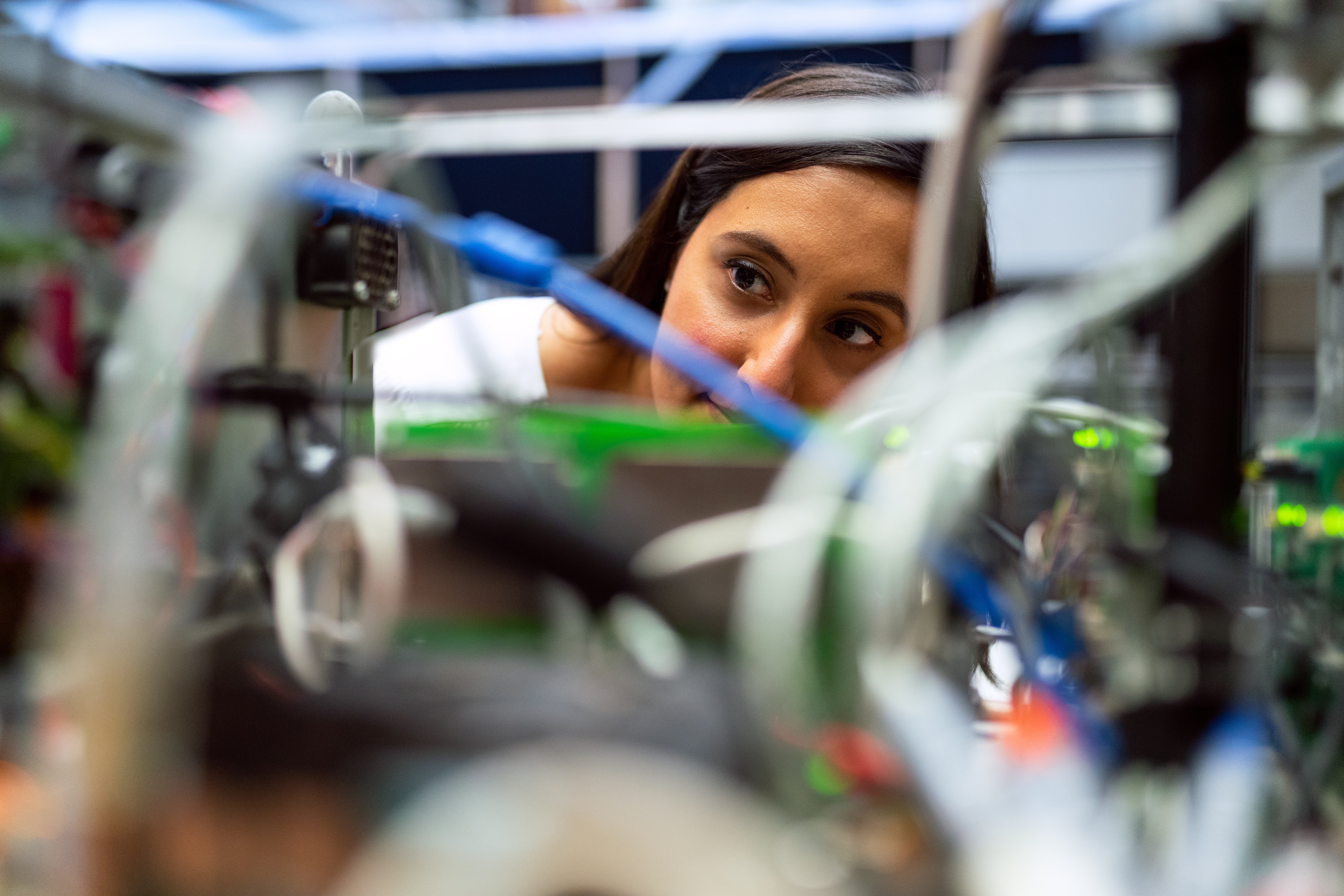
Our expert’s opinion: How can hydrogen fusion help us reach a decarbonized energy supply?
Our Expert’s Opinion: How Can Hydrogen Fusion Help Us To Reach A Decarbonized Energy Supply?
A tremendous challenge in our society is to replace the production of electricity from nuclear power with alternatives such as wind power and photovoltaics by respecting our CO² emission reduction targets. How could we satisfy a constantly growing demand with such variable production peaks?
For instance, the current weather, marked by a virtual absence of wind, reduces wind production. In addition, the days are starting to get shorter, which means that the morning and evening peaks of consumption are not covered by photovoltaic production, requiring the use of more conventional means of production.
A solution, still utopian a few months ago, could maybe one day be our future source of energy though: nuclear fusion. In short, this nuclear energy would not come from nuclear fission as is the case today in our nuclear power plants, but from fusion.
The fusion reaction does not release any greenhouse gases or radioactive waste and produces energy in abundance (little fuel is needed to create incredible amounts of energy). However, the hydrogen nuclei must collide at very high speeds which means at high temperature, around 150 million degrees. The challenge is therefore to build a power plant that produces more energy than it consumes. One would then reach the threshold of fusion ignition.
And one reached almost this threshold on the 17th of August 2021 at the National Ignition Facility (NIF) in California or at least got closer. The experiment consisted of gathering laser lights focusing on a very small point, “generating more than 10 quadrillion watts of fusion power for 100 trillionths of a second.”
This is a breakthrough in fusion because it represents the largest production of energy through this process ever made, paving the way for many similar projects like the global ITER collaboration that will aim to create these large-scale fusion reactions.
Do you believe in this energy of tomorrow? In any case, this cannot materialize for many years to come and the time to react is now if we want to positively contribute to the climate and ensure strong energy independence.




